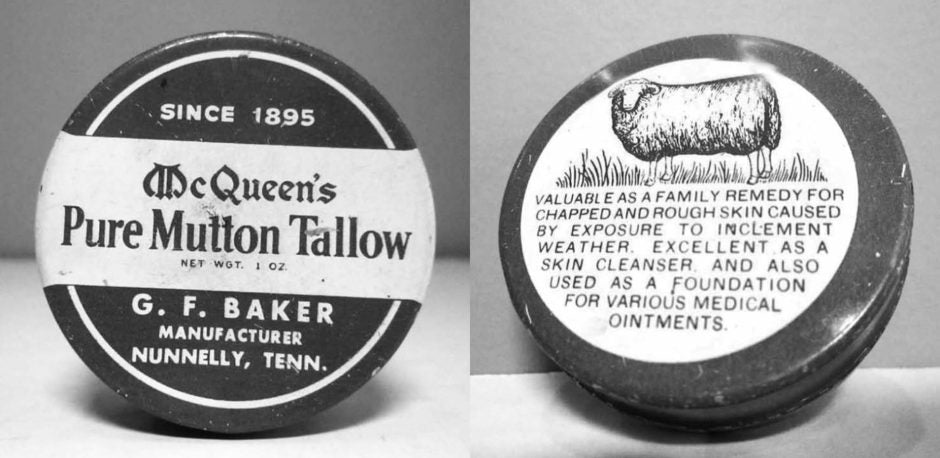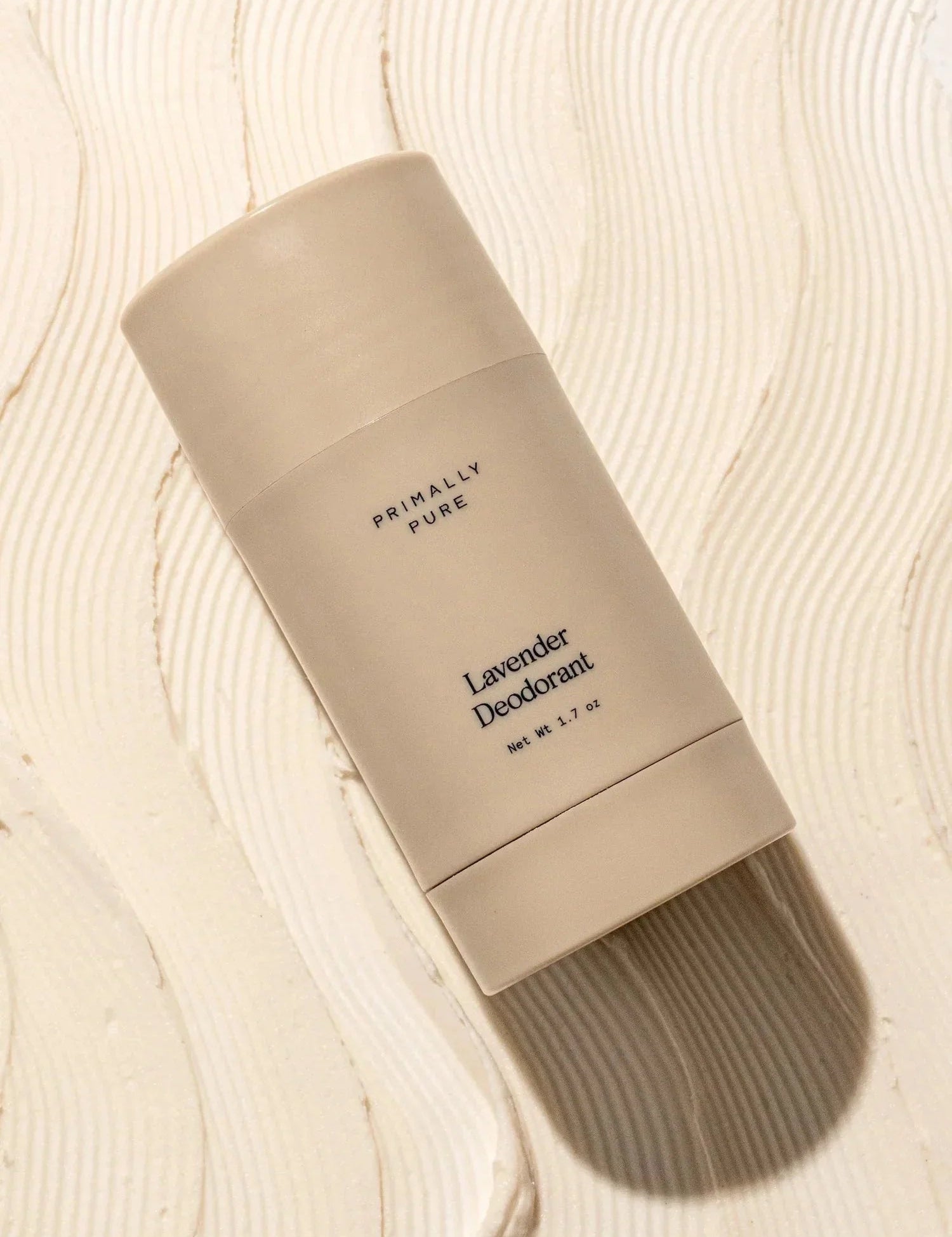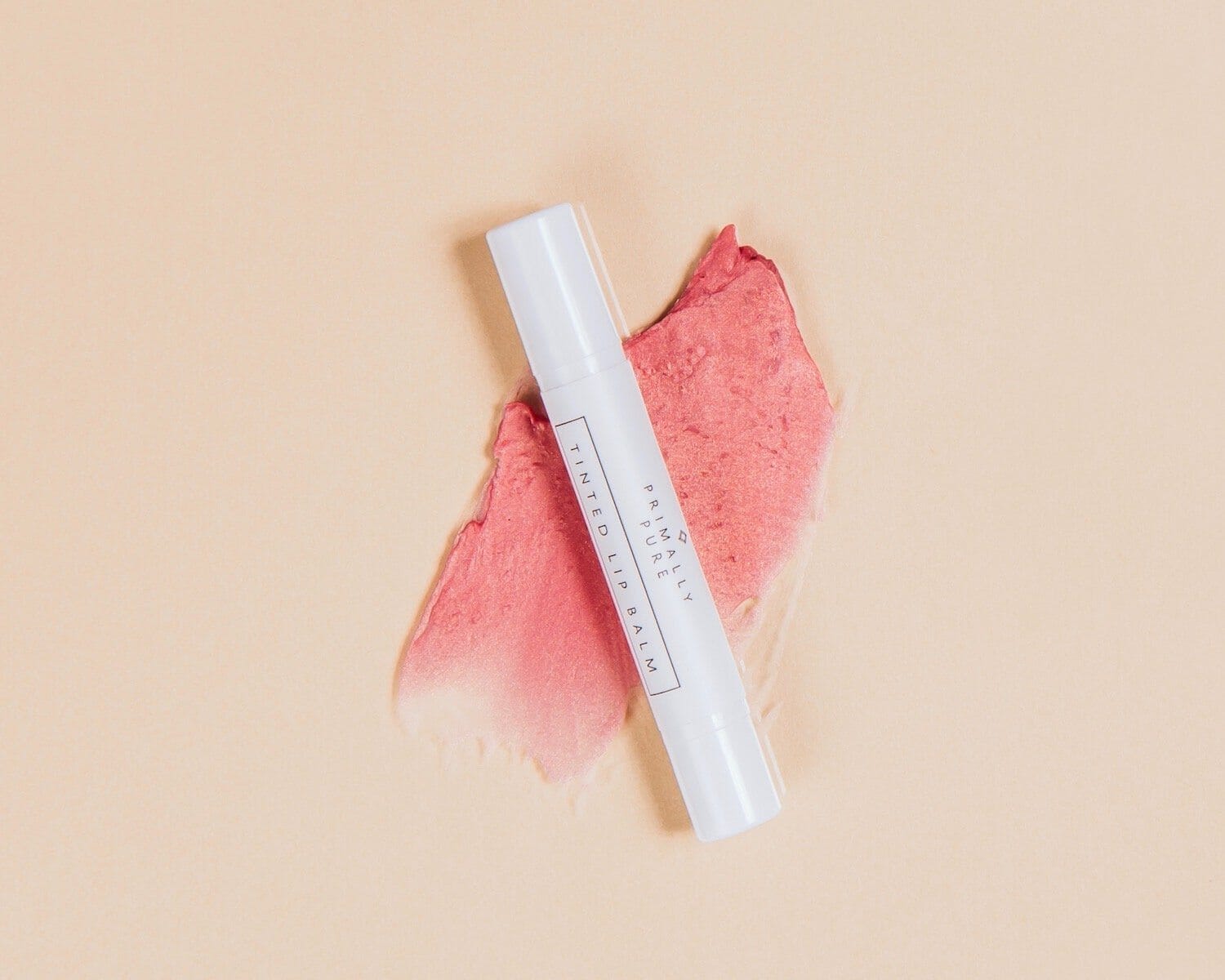Our Animal-Based Products Are Eco-friendly + Tied to Ancestral Wisdom: Here’s Why
Summary
When sourced correctly, animal-based products can be eco-friendly, humane, + full of unique nutrients for your skin. Learn how + why it’s contrary to popular belief.
-
Animal-based ingredients (like tallow, grass-fed fats) deliver bioavailable nutrients for skin—oleic, stearic, palmitic acids, etc.—that plants often can’t replicate fully.
-
When animals are raised via regenerative or grass-fed agriculture (rotational grazing, healthy soil practices), animal-based products can help sequester carbon, support soil health, and restore biodiversity.
-
The ethics and environmental impact depend heavily on how animals are raised—factory or feedlot operations are harmful; humanely treated, well-raised animals are far better.
-
Ancestral wisdom supports animal-based skincare: historically animals were used nose-to-tail, everything respected, and animal fats (like tallow) were trusted staples for nutrition and skin care.
For the last several decades, “plant-based” has been a huge buzzword in the natural skincare world and the wellness community.
With its rise has come the downfall of animal-based products.
Animal-based products are now left out, undervalued, and even vilified in the clean beauty industry.
Don’t get me wrong – plants are incredible. They have extraordinary healing + medicinal benefits. This is why we use so many of them in our products!
But the unique power of animal-based ingredients can’t be understated. Animal-based products contain specific benefits that we can’t access through plants.
In the same way animal-based products provide a rich source of bioavailable nutrients in your diet (aka easily absorbed + used by the body), the same is true for your skin.
In this article, we’ll dig into:
→ The history of animal-based products in skincare.
→ The unique set of nutrients in animal-based products.
→ Why are animal-based ingredients so compatible with our own biology?
→ The environmental benefits (yes, I said benefits!) of animal-based products, when raised in a regenerative fashion.
Intrigued yet? Great! Let’s get into it.
What Ancestral Wisdom Teaches Us About the Benefits of Animal-Based Products
Let’s start here because tuning into ancestral wisdom is our foundation at PP.
Our ancestors believed in a nose-to-tail philosophy when using animal products. Every part of the animal had a use. This is how they showed honor and respect for the lives of the animals. Fats were far more than nutritional nourishment. They used it in cooking, candle-making, and medicinal salves.
Two of the most important + popular animal fats in ancestral wisdom?
- Emu oil – taken from the Emu bird. Emu oil was often used by the Australian aborigines for inflamed, dry, or sunburnt skin.
- Tallow – taken from cows or sheep. Tallow was an everyday skincare staple of our ancestors for untold generations.
Because of their beneficial properties, you’ll find emu oil and tallow in a few of our products. For now, we’ll focus on tallow.
Here’s how tallow is made:
After processing, they render natural fat from the animal’s interior fat tissue (suet). The suet is gently heated, causing the pure oils to melt away from the rest of the tissue.
Once the pure oils solidify, they form the animal-based product we know as tallow.
Why You Probably Haven’t Seen Tallow in a While (Or Ever)
Along with the healthy fats in food, tallow fell out of fashion in the 50s and ’60s. This happened during the push for the low-fat movement. It was then tag-teamed by the food industry and government recommendations. They claimed that animal-based products for cooking weren’t healthy.
And our health has suffered. Consumers were misled to think industrial seed oils such as corn and canola were healthy "vegetable oils.”
Fast forward a few decades, and healthy fats are back in style. Nutritionists realized the importance of a balanced intake of omega-3 and omega-6 fats. Along with other healthy fats, tallow has returned to its rightful place as a nutrient-dense option. (Ahem, one that it has maintained throughout history before the 1950s – just sayin’.)
A recipe book by Dr. A.W. Chase, MD from 1866 lists ten salve formulations. Eight of which contain tallow (along with other natural ingredients and animal-based products).
I even found a fun picture of a tallow salve that was available on the market in 1985. Pretty interesting, right? Animal-based products were just a normal part of life.

So although tallow may sound foreign or new to many of us, it’s an ingredient that’s definitely stood the test of time!
Today we know animal-based ingredients like tallow are incredibly nourishing. Internally and externally its unique properties + nutrients are a no-brainer.
Animal-Based Products Contain a Unique Set of Nutrients
Plants and animals play different roles in nourishing your gut with nutrients. The same principle can be applied to your skin microbiome! You know how vegans need to supplement with missing nutrients when they give up animal-based products? Animal-based products fill that nutrient gap for your skin too.
(If you’re on the fence, check out this chart comparing the nutrient density of beef liver to that of other foods.)
Without animal-based products, there are some nutrients your skin misses out on. Ancestral wisdom makes it clear that we need variety. These ancient cultures thrived for centuries off plant and animal-based products.
Animal-based ingredients might be what your skin is missing.
Why Grass-Fed Tallow Is Amazing for Your Skin
Since tallow is technically an oil, let’s clear up a common myth that oil is bad for your skin. In reality, oil couldn’t be more essential for your skin.
Compared to plant nutrient levels, tallow contains a massive amount of beneficial nutrients.
Found abundantly in tallow, fatty acids are foundational nutrients that prevent moisture loss, protect from environmental damage + improve skin function for firm, glowing skin:
- Oleic acid: A non-essential fatty acid found in human sebum balances moisture barrier, regulates oil production and soothes inflammatory responses
- Palmitic acid: prevents moisture loss and improves skin texture for youthful skin
- Stearic acid: improves moisture levels and elasticity for smooth, supple skin
This animal-based product also contains conjugated linoleic acid (CLA) with anti-inflammatory properties, and palmitoleic acid with natural antimicrobial properties.
The best part about these vitamins derived from tallow? They come in a bioavailable form which work perfectly with your body’s chemistry. The fat-soluble activators mean more efficient absorption into our skin (and more results!).
Animal-Based Ingredients Are More Compatible With Our Biology
In his book, Carnivore Code, Dr. Paul Saladino discusses the idea that plants and animals have different operating systems. Our bodies use the nutrients found in animal-based products better because their operating system is similar to ours.2
As he points out:
“Animals provide a much more compatible framework for human nutrition based on their similar design.”2
Personal thoughts and opinions about the carnivore diet aside, Saladino confirms our point. Tallow is clearly compatible with our skin on a biochemical level.
But why is this animal-based product so compatible?
Our cell membranes include mostly fatty acids – at least 50% saturated fats. Tallow is also made up of about 50% saturated fats, making it compatible with our cell biology. This makes this animal-based product nourishing for our cell health.
Another reason we know tallow is beneficial for our skin: its similarity to sebum. Sebum is the oily, waxy substance that moisturizes, lubricates, and protects your skin.
Sebum even translates to “tallow” in Latin! Ancestral wisdom knew, you guys.
Raising Animals the Right Way Is Good for the Planet
Of course, my argument on animal-based ingredients in skincare wouldn’t be complete unless I address a common objection. Animal-based products can indeed be harmful to the environment. But they don’t have to be.
Frankly, Regenerative farming + the positive impact of farming done the right way could fill an entire book. You can check out Sacred Cow or the documentary Kiss the Ground. I’ll do my best to provide a brief run-down.
Plant Agriculture Is More Harmful to the Environment Than Cattle Production
Even though it’s not common knowledge, beef production only accounts for a very small percentage of greenhouse gasses. In the U.S., beef only accounts for about 2%, according to the EPA. Plant agriculture creates twice as many greenhouse gasses.
Animal-based products aren’t the bad guy here.
Mono-crop agriculture (responsible for around 5% of greenhouse gasses) and confined animal feeding operations (CAFOs) are concerning. They damage the soil and continue to contribute to our planet’s greenhouse gas emissions.
Unfortunately, regenerative agriculture is rarely considered as part of the equation. We’ve got you covered.
Why Regenerative Agriculture Heals the Environment Instead of Harming It
There's a critical distinction between animals raised in feedlots vs. outside on grass, as nature intended.
Despite what you’ve heard, the former is:
- Bad for the animal
- Harmful to humans who consume + use it
- Damaging to the planet
Ancestral wisdom has a lot to teach us about what nature intended. Today we call it regenerative agriculture. Regenerative agriculture is a style of farming that mimics the natural patterns of animals. How? Through the use of rotational grazing modeled after wild animals.
There's a sharp contrast in animals raised with regenerative agriculture practices:
The soil sequesters more carbon, decreasing greenhouse gas emissions.
Yep. So your animal-based products could HELP the environment.
It’s all about context.
Allen Savory, a world-renowned ecologist, says animals are necessary for reversing climate change. Check out his Ted Talk, "How To Green The World's Deserts and Reverse Climate Change.” It's garnered almost 5.5 million views for good reason.
Regenerative agriculture goes beyond sustainability – it regenerates the health of the planet! Studies show that grazing patterns of farmed animals restore biodiversity in soil, increasing its carbon-carrying capacity.3
This is why I can proudly say our grass-fed animal-based products are actually helping the environment, not hurting it.
Support Humane Animal-Based Products + the Environment
Allen Savory’s talk from 2013 spearheaded the fast-growing regenerative agriculture movement. But there’s still so much work to do.
You can do your part in supporting this environmental + humane movement influenced by ancestral wisdom. Here’s how you can contribute:
- Purchase meat from regenerative farms whenever your budget allows.
- Choose animal-based products for the skin that contain ingredients from well-raised animals.
- Tell your friend, your neighbor, and your family!
As we wrap up, it’s essential to note: that not all animal-based products are created equal.
I can't get behind the unethical + unhealthful nature of factory farming.
On the flip side, animal-based products from well-raised animals have been used in skincare for thousands of years. And with proven results! Animal fats are an essential part of any skincare routine.
I hope this has shed some light + some guilt.
And while everyone won’t agree with us, we firmly believe animal-based products aren’t all bad.
XO
Bethany
Sources:
- Dr. Axe | What is Tallow? Top 5 Reasons To Use This Form Of Fat
- Carnivore MD | The Carnivore Code
- White Oak Pastures | Study: White Oak Pastures Beef Reduces Atmospheric Carbon
Pin your fav blog post below:



Leave a Comment